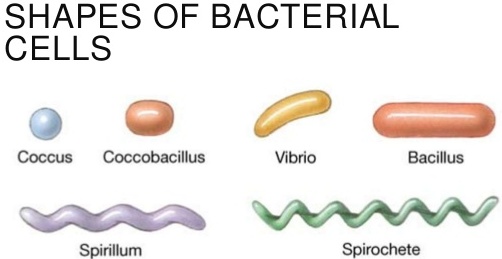 A bacterium consists of one cell. She has a cell envelope as "packaging” to the cell content. There are no organelles with separate functions such as mitochondria (cellular respiration). The DNA is not in a separate cell nucleus but is loose (prokaryotic). So there is no nucleus, only floating material.
A bacterium consists of one cell. She has a cell envelope as "packaging” to the cell content. There are no organelles with separate functions such as mitochondria (cellular respiration). The DNA is not in a separate cell nucleus but is loose (prokaryotic). So there is no nucleus, only floating material.
The cell grows by increase in quantity of all items. If the size and the amount of each component in the cell is doubled, the cell divides into two daughter cells.
This mother - daughter division is also called binary division.
Bacteria play an important role in the cycling of organic material, waste, wastewater, compost... Cheese and yogurt are made by lactic acid bacteria. The Rhizobium bacteria forms nitrogen-fixing root nodules of legumes. Most bacteria are not harmful.
The bacteria, which are harmful (to us) cause disease and food spoilage, e.g. Legionella, botulism, blight.
Control or restriction may by good hygiene, sterilization and disinfection.
Bacilli (Bacilli) are a class of rod-shaped bacteria with two orders: the Bacillales and the Lactobacillales (which also covers the lactic acid bacterium Lactobacillus).
They may be gram positive or gram negative, and they have a two-pole cell body. At division is at both ends a daughter cell created. Tubercle bacilli (Mycobacterium tuberculosis) is known to cause tuberculosis.
Antibiotics are substances that inhibit bacteria in their growth or even kill them.
"Let's not forget that the bacilli - from the other side of the microscope observe us.”(Stanislav Jerzy Lec)
“The medicine makes you die longer.“(Plutarch)
Bacteria: What do you look bad, what’s up? I got penicillin!
Yeasts (see see also baking powder, bread, beer, wine)
